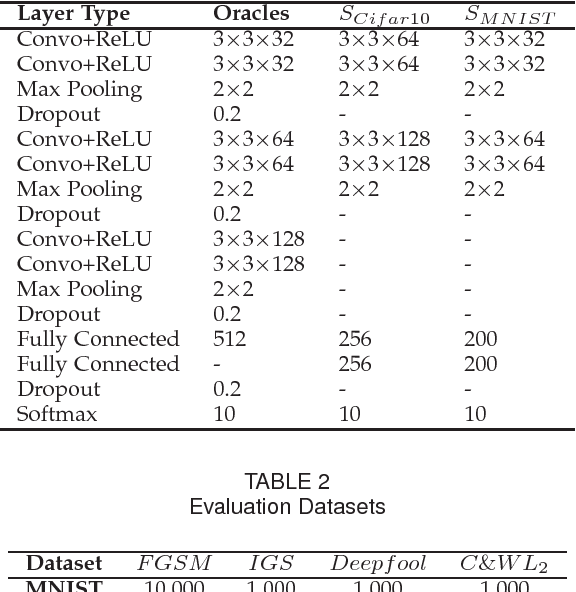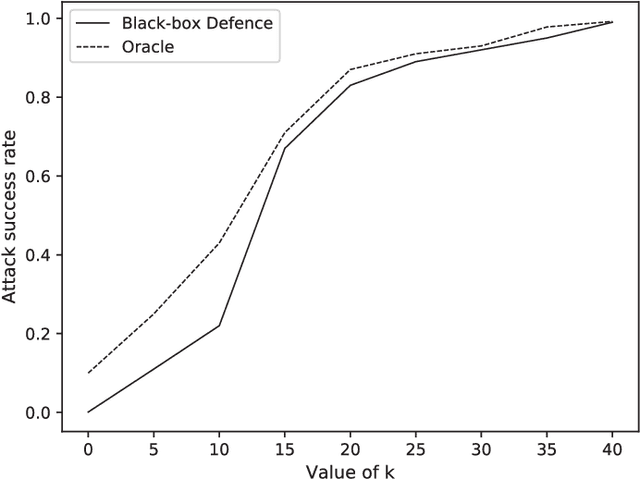Derek Wang
Pauli Network Circuit Synthesis with Reinforcement Learning
Mar 18, 2025Abstract:We introduce a Reinforcement Learning (RL)-based method for re-synthesis of quantum circuits containing arbitrary Pauli rotations alongside Clifford operations. By collapsing each sub-block to a compact representation and then synthesizing it step-by-step through a learned heuristic, we obtain circuits that are both shorter and compliant with hardware connectivity constraints. We find that the method is fast enough and good enough to work as an optimization procedure: in direct comparisons on 6-qubit random Pauli Networks against state-of-the-art heuristic methods, our RL approach yields over 2x reduction in two-qubit gate count, while executing in under 10 milliseconds per circuit. We further integrate the method into a collect-and-re-synthesize pipeline, applied as a Qiskit transpiler pass, where we observe average improvements of 20% in two-qubit gate count and depth, reaching up to 60% for many instances, across the Benchpress benchmark. These results highlight the potential of RL-driven synthesis to significantly improve circuit quality in realistic, large-scale quantum transpilation workloads.
Defensive Collaborative Multi-task Training - Defending against Adversarial Attack towards Deep Neural Networks
Jul 03, 2018



Abstract:Deep neural network (DNN) has shown an impressive performance on hard perceptual problems. However, researchers found that DNN-based systems are vulnerable to adversarial examples that contain specially crafted humans-imperceptible perturbations. Such perturbations cause DNN based systems to misclassify the adversarial examples, with potentially disastrous consequences in applications where the safety or security is crucial. To address this problem, this paper proposes a novel defensive framework based on a collaborative multi-task training. The proposed defence mechanism first incorporates specific label pairs into adversarial training process to enhance the model robustness in a black-box setting. Then a novel collaborative multi-task training framework is proposed to construct a detector that identifies adversarial examples based on the pairwise relationship of the label pairs. The detector can identify and reject high confidence adversarial examples that bypass the black-box defence. The model, whose robustness has been enhanced, works reciprocally with the detector on the false-negative adversarial examples.Importantly, the proposed collaborative architecture can prevent the adversary from finding valid adversarial examples in a near-white-box setting. We evaluate our defence against four state-of-the-art attacks onMNIST and CIFAR10 datasets. Our defence method increases the classification accuracy of black-box adversarial examples up to 96.3%, and detects up to 98.7% of the high confidence adversarial examples, while only decreases the accuracy of benign example classification by 2.1% on the CIFAR10 dataset.
 Add to Chrome
Add to Chrome Add to Firefox
Add to Firefox Add to Edge
Add to Edge